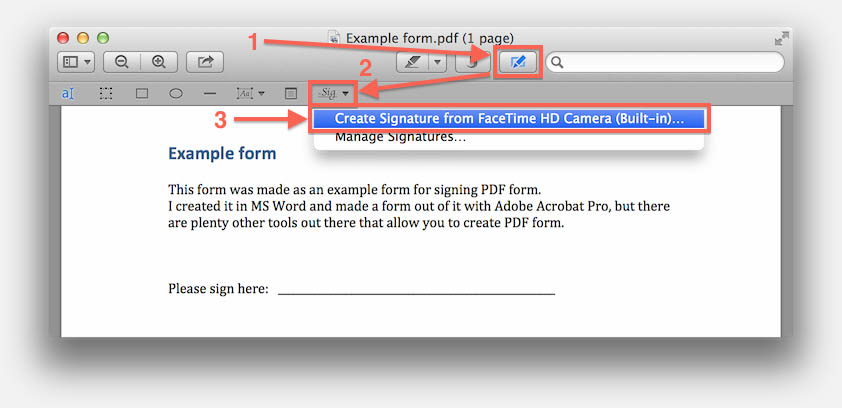Signature Of Kext For Mac
HoRNDIS is now maintained by, and this page is in a state of transition – keep your eyes peeled for updates soon. HoRNDIS (pronounce: “horrendous”) is a driver for Mac OS X that allows you to use your Android phone's native mode to get Internet access. It is known to work with Mac OS X versions 10.6.8 (Snow Leopard) through 10.14 (Mojave – see ), and has been tested on a wide variety of phones. Although you should be careful with all drivers that you install on your computer, HoRNDIS has been tested at least well enough for the author (and many others) to run full time on their own personal computers. HoRNDIS is implemented as a kext, rather than as a user-space program that opens a TAP or TUN device; this means that it does not conflict with other TAP/TUN kexts that you might have installed (like OpenVPN, Tunnelblick, or Cisco VPN).
The driver implements Microsoft's, which is the only protocol supported natively by Android devices; although Linux and Windows users have enjoyed native RNDIS drivers for years, Mac OS X supports only devices out of the box. The chief advantage of HoRNDIS over other tethering solutions is that it uses the a first-class supported feature in the phone's firmware. Other solutions either take over the phone's Wi-Fi stack without the Android operating system's knowledge, or create an emulation IP stack in userspace on the phone; in many cases, the built-in USB tethering support can be more stable, more reliable, and faster. This page is also available in Russian:.

Signature Of Kext For Mac
My thanks to Vlad Brown for his effort in translation! OS X 10.9 (Mavericks) and 10.10 (Yosemite) are supported by HoRNDIS, but there are some gotchas. If you upgraded from an earlier version of OS X, you may find that phones appear to be replicating with abandon in your network control panel. If this happens to you, one somewhat heavy-handed workaround is to clean your network configuration files – take a backup of /Library/Preferences/SystemConfiguration/NetworkInterfaces.plist and /Library/Preferences/SystemConfiguration/preferences.plist, and then either move them out of the way or delete them. (Note that this will remove any custom network configuration that you have performed!) I am still not sure what causes this problem, and so I do not yet have a workaround with finer granularity.
Fakesmc Kext

Versions of Mac OS X 10.11 and newer have a than that in 10.10 and below. HoRNDIS 9.0 has been rewritten to support MacOS 10.11 and above (El Capitan, Sierra, High Sierra, and Mojave); for those versions of MacOS, please try the latest version of HoRNDIS! The latest version of HoRNDIS that supports older versions of MacOS (Yosemite and below) is HoRNDIS rel8. The source is; it is licensed under the GNU General Purpose License, version 3. To build the source, you'll need Xcode 4.0+ installed; to build a version that will work under Snow Leopard, you will also need the Snow Leopard SDK installed.
How To Install Kexts
Unfortunately, the Snow Leopard SDK is hard to come by nowadays; you'll need to find it, and manually install it into your Xcode SDKs folder. (For most applications, it's OK to build against a newer SDK; for a kernel module, the magic vtable space-saving tricks require you to compile against the lowest common denominator.) Simply running xcodebuild in the checkout directory should be sufficient to build the kext. If you wish to package it up, you can run make to assemble the package in the build/ directory (though please don't publish versions you built as if they were official!). On the shoulders of giants, I stand. My vague thanks to Apple for having at least some IOKit sample code available (even though the last time it successfully built was 10.2.x); it was a decent start reading to understand how I might want to structure this.
Substantial thanks to David Brownell, who wrote the rndishost driver for Linux; some portions of HoRNDIS were ported over from that work. David Brownell also wrote the frndis driver that allows Android/Linux devices to behave like RNDIS devices; reading that source helped to understand why HoRNDIS wasn't working in the early stages. (Sadly, David Brownell. Thanks for all of your hard work, David; may you rest in peace.) Thanks also to those who helped test HoRNDIS before I released it, as well as all of the other folks from the days of the unrEVOked project, without whom I would likely not be involved in Android development at all. Finally, thanks to, who is the current maintainer of HoRNDIS, and who did the hard work of porting HoRNDIS to the new USB APIs in the latest versions of MacOS.